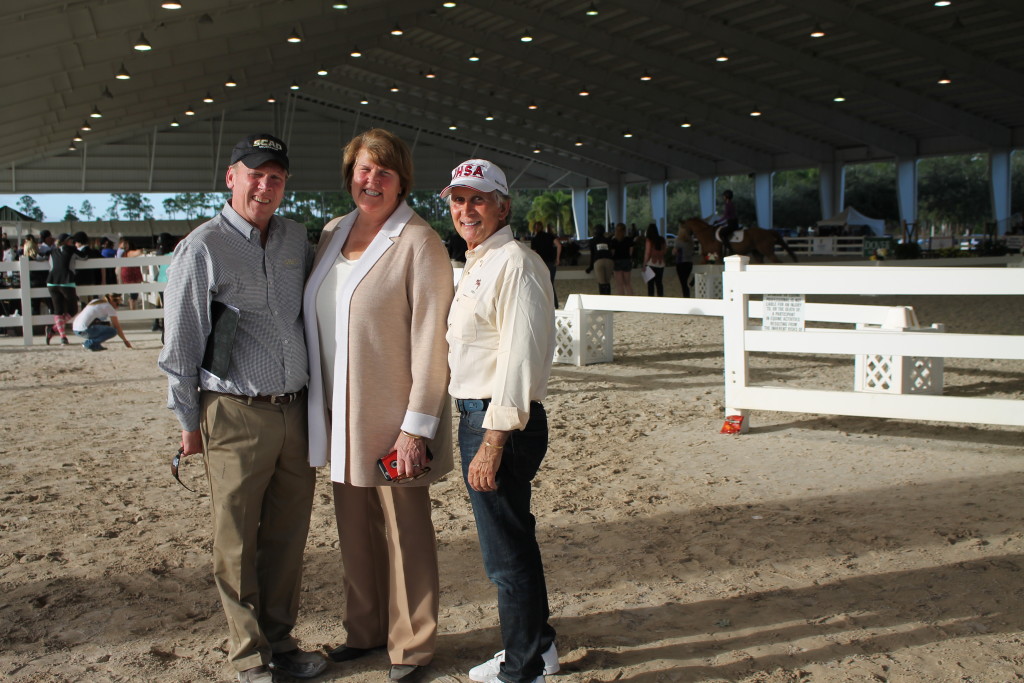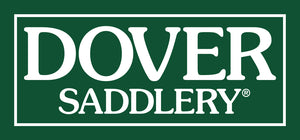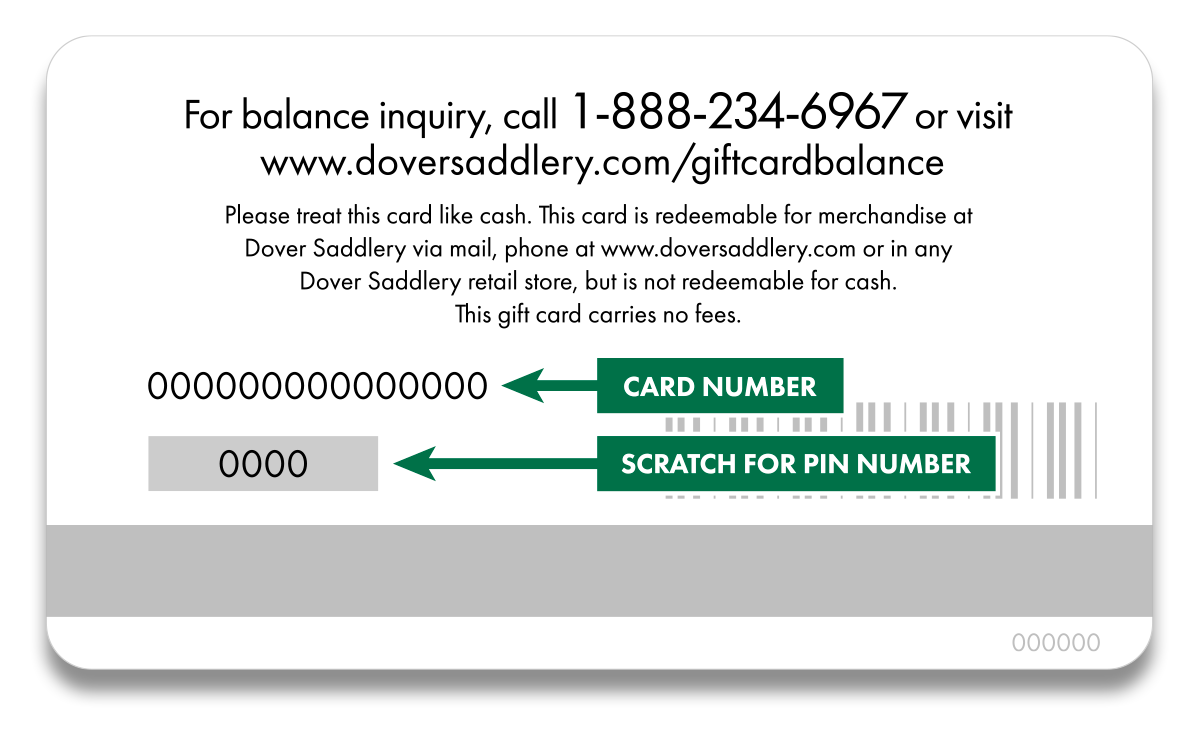Bob Cacchione opened up a whole new world of horse showing to college students when he created the ISHA in 1967. We sat down with him during a break at the College Preparatory Invitational Horse Show in Wellington to hear about why he loves the IHSA, how he thinks the CPI can help, what advice he has for young riders and more.

Eddie Federwisch (Director of Equestrian Programs at SCAD), Mary Drueding (St. Lawrence University Head Coach) & Bob Cachione (Executive Director of the IHSA)
What led you to create the IHSA?
I created the IHSA for two reasons. One, I didn’t care what anyone’s financial ability or family ability was behind them, and I didn’t care what anyone’s riding ability was behind them. I wanted everyone to have the opportunity to learn how to ride with the possibility of perhaps learning how to horse show and to horse show.
How do you feel the IHSA has benefited college equestrians the most since its inception?
Oh my gosh…we’ve come from its infant stages, the first horse show was 40 riders and two colleges, to over 400 colleges in 39 regions with over 10,000 riders a year and still growing. To have eight different levels on the hunt seat side, from walk-trot all the way up to medal Maclay riders, and to have seven levels on the western side from walk-trot to reining, it gives everyone an opportunity, even if they don’t have the experience or financial wherewithal, to get in the saddle and to learn how to ride. Riding is a lifelong sport and people take this with them for the rest of their lives going forward. This is a great opportunity for young people to do this and to get an education at the same time. There are many colleges now that have serious equine study programs out there that not only teach you now to ride in the ring, but stable management, nutrition, horse showing, etc, etc…every gamut of the horse industry today.
How do you feel about what the IHSA has grown into?
I’ve very proud of the Intercollegiate Horse Show Association. Beezie Madden rode in Virginia and ended up winning the Cacchione Cup, the number one rider at a college level. Peter Wylde went to Tufts University and rode on the intercollegiate team and won the prestigious Cacchione Cup. Mark Weissbecker went to Umass Amherst and he went on to the three day squad in the Intercollegiate. Greg Best started the team at UPenn just to ride in college. Ironically he rode against Peter Wylde at the same national. Peter won the Cacchione Cup and Greg got second, while Greg won the open over fences and Peter got second. But I’m very proud of that. Many others have ridden in college and gone on with the rest of their lives. Some of them are doctors, lawyers, one of them is a heart surgeon today. No matter what industry they go into for the rest of their lives, horses will always be a part of their lives, and I’m very proud that they rode in college in the Intercollegiate Horse Show Association.
How do you see the CPI helping students to prepare for their college search and experience?
I think it’s an incredible experience. I was at the very first one of these when they had it, and there were under 50 riders and 5 colleges that showed up. Today, you have over 150 riders from all over – you have half a dozen riders from Hawaii on this one! – and you have over 35 colleges represented here today from all over the country. What a great opportunity. Not only for the riders to experience riding different horses, picking them out of a hat, in front of a professional judge and having that experience, but at the same time they and their parents going around the arena and visiting many, if not all, of these 35 colleges and seeing the difference between small colleges, middle-sized colleges, large colleges and what kind of programs are available today…. Bravo. This is a home run.
What do you enjoy most about this CPI event?
You have the professional judge, you have the professionalism of the organization. [The organizers] that really pull it together and make it happen…that really expand this and expose this to the youth in the horse community out there. More and more young students and parents are reading about this and seeing this not only in news print but in social media, and are coming aboard on this because it really means a lot to them. When a young rider gets into college, those next four years of life are very important for the rest of their life going forward and this is now becoming a major player for those young riders.
Many students look to their college coaches as mentors. Who was your mentor when you were growing up?
Victor Hugo-Vidal, who has now since passed away, but I was so happy and proud to be with him. He was really my mentor, but I also had the experience as a young person to ringmaster a lot of horse shows to learn the intricate parts of horse showing. In doing that I got to meet and befriend George Morris, Ronnie Mutch, Artie Hawkins, Steve Hawkins, Emerson Burr and a lot of the people that at that time were the movers and shakers of the horse industry.
What advice would you give to young riders heading to college?
Very good question. Any student looking at college, whether they are a rider or not, the first thing they should consider is, “do I have a curriculum I may be interested in?” And that curriculum could change once or twice once you get to college. If you’re also going to ride in college, you should look and research into that. With over 400 colleges now in the intercollegiate, when one does a tour of the campus they are interested in they should also visit the equestrian center of that school, whether the school owns it or it’s a private facility, and get to see that and get to meet the coaches. That’s part of the next four years of their life going forward and also part of their education.



